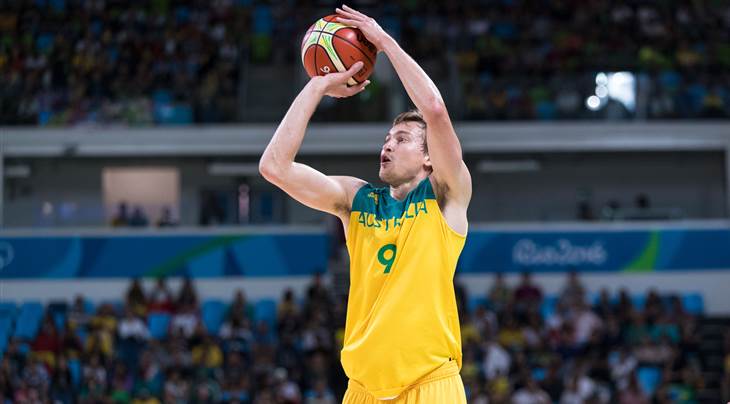The late Detroit Pistons and Dream Team mentor Chuck Daly is credited with the oft-used quote “Offence is spacing, spacing is offence.” Perhaps now more than ever, the ability to create, maintain and attack space is crucial to effective team offence.
At all levels of the sport, spacing is the foundation on which effective and efficient offence is built. While this has been the case for a long time, now more than ever, the success of an offensive system will thrive or fail on the ability to define and teach offensive spacing.
https://twitter.com/Spinella14/status/1298291816593268736
The concept of “split-kick-extra” is one of the foundations of the Basketball Australia Style of Play. The “split” refers to the point where the player with the ball beats their man off the dribble and creates a situation of numerical advantage or rotation.
Often spacing is impacted at the point of penetration. This can occur if the penetrating player stands after passing at the end of penetration, or by players off the ball not moving and maintaining effective space.
Penetration of the ball into the key impacts the integrity of the defence, forcing movement which allows the offensive players away from the ball to move to open areas to create both clear passing opportunities for the driving player, but also high percentage scoring opportunities on the “kick”.
The “kick” is the pass out to an open player. On receiving the ball, the offensive player should decide between “shot or shift.” That means if they are open and within range, shoot; if there is a good close-out that has eliminated time and space, make the “extra” pass.
In this clinic from the 2018 East Coast Challenge, Australian Under 17 Head Coach Justin Schueller demonstrates concepts and drills to teach “split, kick, extra” as part of your offence.
Moving to appropriately space areas on the floor as a team-mate not only provides scoring opportunities, but also cuts down turnovers as the floor remains spread and the ball carrier has a good understanding of where team-mates should be.
The extra pass is highly effective as it requires the rotating defence to shift a second time and often turns a “good” shot on the initial pass into a “great” shot on the second pass. The extra pass is also effective in shifting the point of attack and providing a different angle to re-penetrate.
Some other points to consider when teaching offensive spacing –
- Define the geography of the floor for young players
- 3-4 metres spacing between each player
- All perimeter cuts starts and finish at the 3-point line
- Second movement at the end of penetration
- Players off the ball read defence on dribble penetration
In the practice setting, small-sided games and situations of numerical advantage are great ways to teach and impact spacing. Developing an understanding in young players of the cues and movements around effective spacing is crucial for both individual and team success.




Leave a Reply